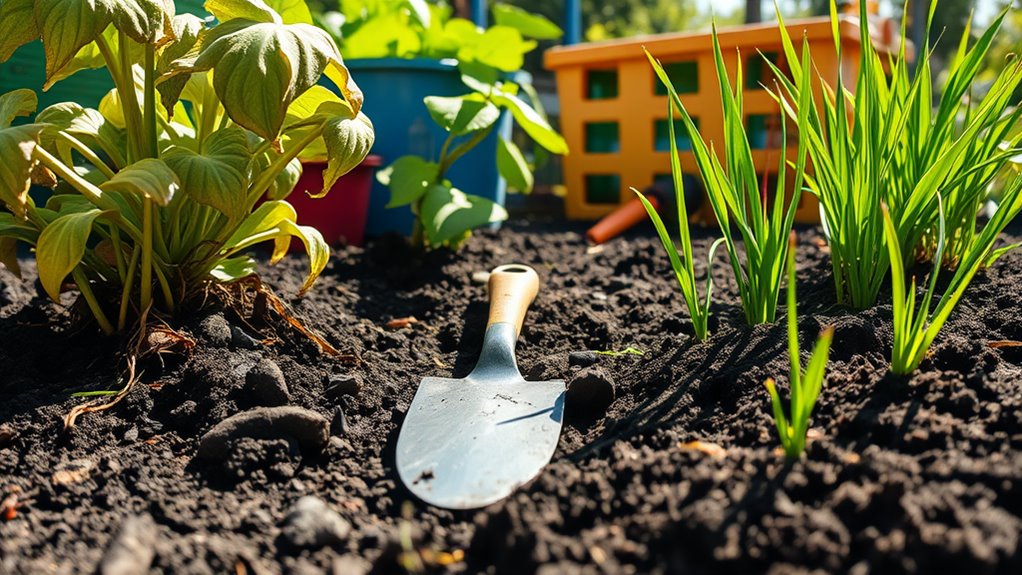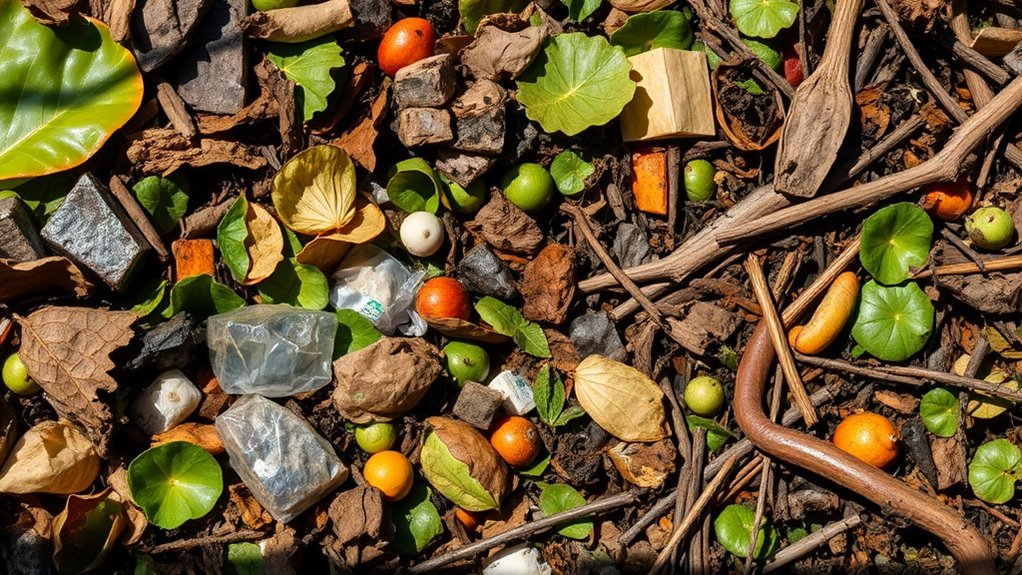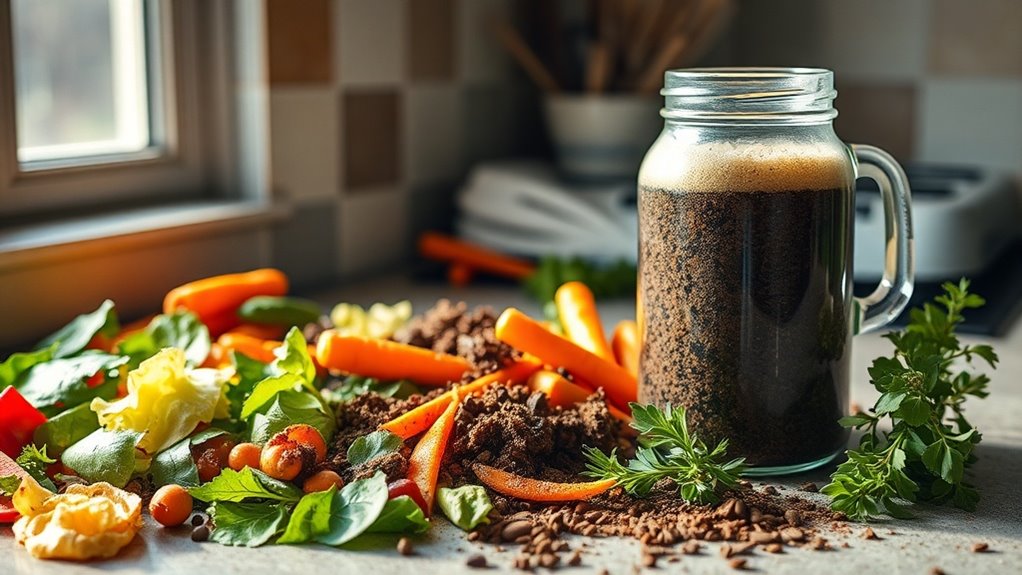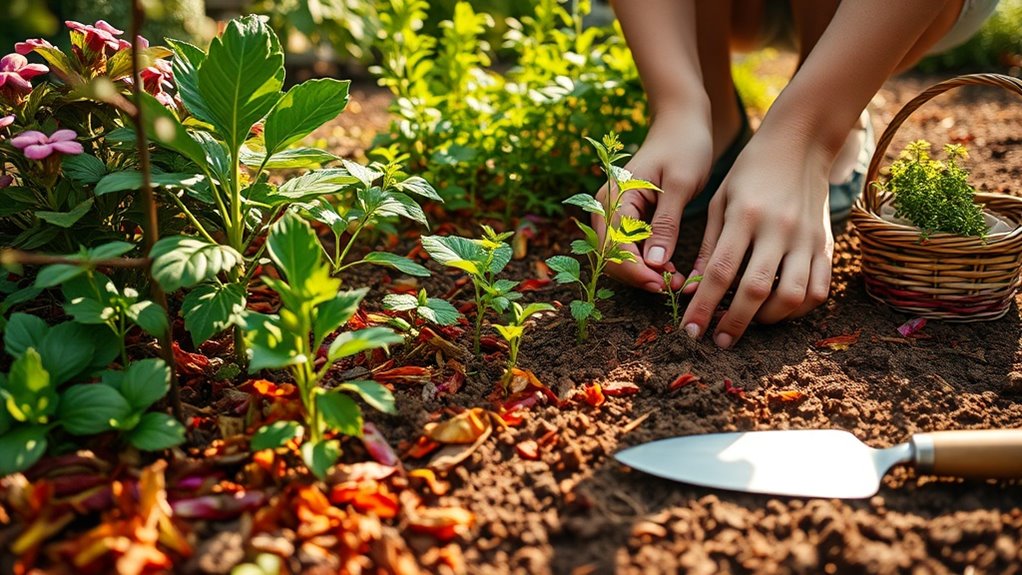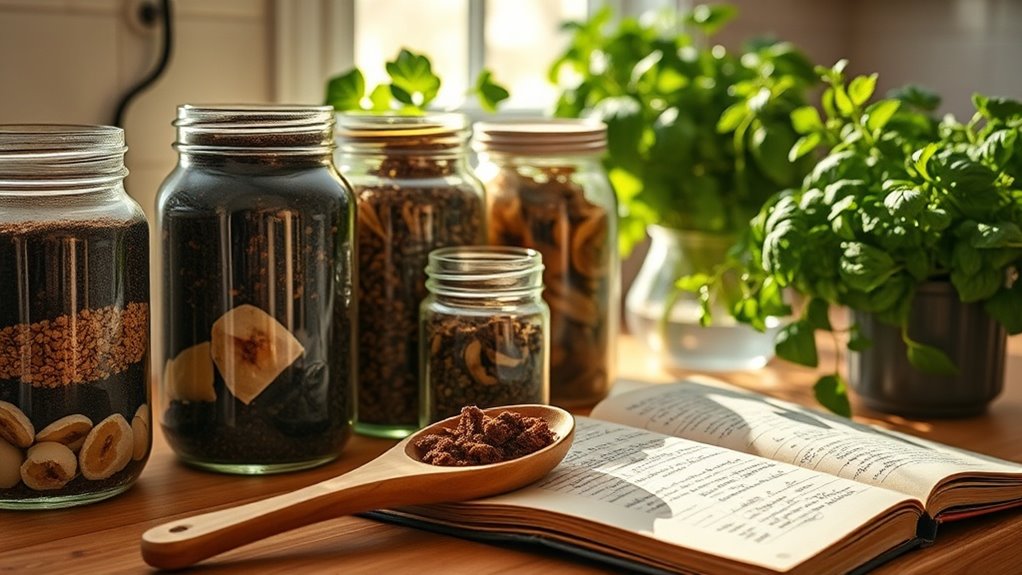4 Signs Your Garden Soil Needs Help-And How to Fix It
Just like a ship needs a sturdy hull to navigate rough waters, your garden relies on healthy soil to support vibrant plant life. If you’re noticing signs like water pooling, stunted growth, or yellowing leaves, it’s time to take a closer look at your soil’s condition. Understanding these issues and implementing effective solutions can lead to a thriving garden ecosystem. Let’s explore the key indicators that signal your soil needs attention.
Key Takeaways
- Look for water pooling in your garden after rain, indicating poor drainage that needs addressing to prevent root rot.
- Observe stunted or struggling plants, which may signal compacted soil that restricts root growth and water infiltration.
- Check for yellowing leaves or unusual growth patterns, suggesting nutrient deficiencies or pH imbalances in the soil.
- Incorporate organic matter like compost to improve soil structure and enhance drainage and nutrient availability.
- Aerate compacted soil and consider raised beds or drainage systems to promote better water management and plant health.
Poor Drainage
Have you ever noticed water pooling in your garden after a heavy rain? This is a clear sign of poor drainage, a common garden soil problem.
When water accumulates, it indicates that the soil can’t absorb moisture effectively, leading to root rot and other issues. You might find certain plants struggling or even dying due to these conditions. Improving your garden’s drainage is crucial because effective soil absorption can significantly enhance plant health.
To address this, consider improving your garden’s drainage by incorporating organic matter, like compost, to enhance soil structure. Additionally, creating raised beds or installing drainage systems can help redirect excess water away from your plants, ensuring a healthier garden ecosystem.
Compacted Soil
After addressing poor drainage, another issue that can severely impact your garden is compacted soil.
When soil particles are tightly packed, it restricts root growth and water infiltration.
Here are signs your soil may be compacted:
- Water puddles on the surface instead of soaking in.
- Grass or plants struggle to grow, appearing stunted.
- Soil feels hard to the touch, especially when dry.
- You notice increased erosion or runoff during rain.
To remedy compacted soil, consider aerating with a garden fork or aerator, adding organic matter, or rotating heavy equipment usage to promote healthier soil structure. Additionally, observing simple methods to evaluate your soil can help determine if compaction is an issue.
Lack of Nutrients
How can you tell if your garden soil is lacking essential nutrients? You might notice poor plant growth, yellowing leaves, or stunted development. To assess nutrient levels, consider conducting a soil test. This will identify deficiencies and help you implement solutions.
| Nutrient | Signs of Deficiency |
|---|---|
| Nitrogen | Yellow leaves, poor growth |
| Phosphorus | Dark green leaves, stunted growth |
| Potassium | Browning leaf edges, weak stems |
| Calcium | Blossom end rot, poor root development |
Enhancing soil with compost, fertilizers, or organic amendments can restore nutrient balance and promote healthy plant growth. Additionally, using homemade fertilizer from kitchen scraps can provide a cost-effective solution to enrich your soil.
Unusual Plant Growth
Unusual plant growth often signals underlying issues in your garden soil, even if nutrient levels appear adequate.
You might notice stunted growth, excessive spindliness, or even discolored leaves.
These symptoms can indicate various soil problems:
- Poor drainage: Waterlogged soil can suffocate roots.
- pH imbalance: Incorrect pH levels can inhibit nutrient uptake.
- Compaction: Tightly packed soil restricts root expansion.
- Pests or diseases: Infestations can disrupt normal growth patterns.
To address these concerns, test your soil, improve drainage, amend pH, aerate compacted soil, and monitor for pests. Additionally, acidic soil can significantly affect plant health and growth.
Taking action now can restore your garden’s health.

